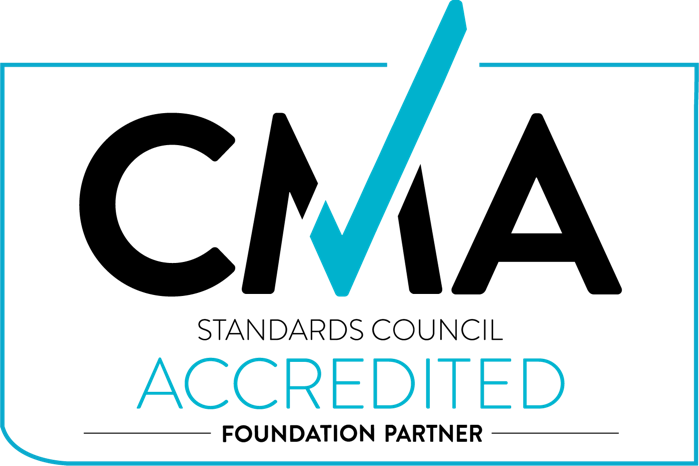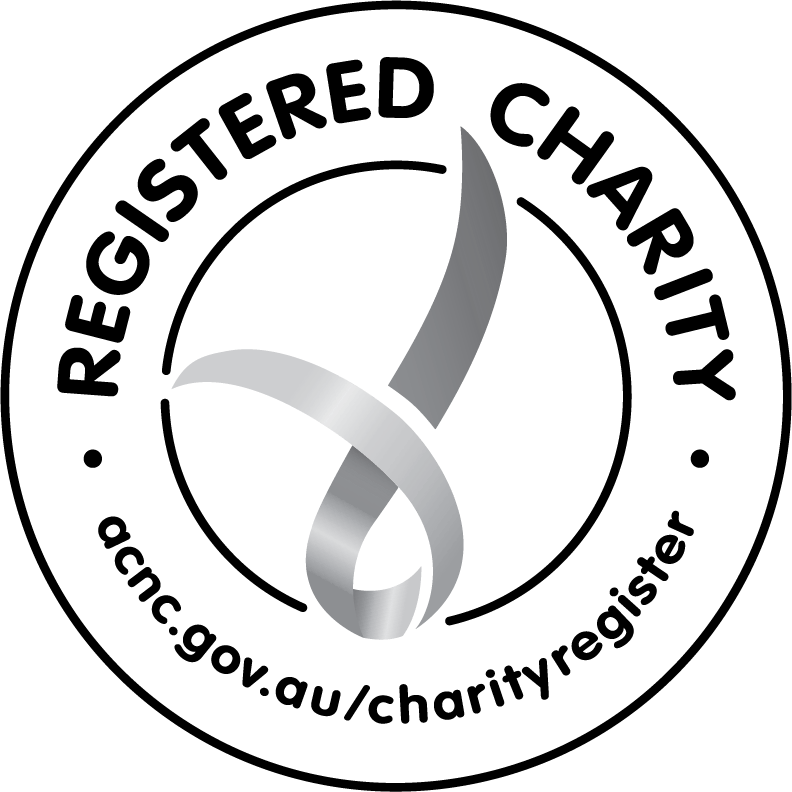How does a Community Connector maintain social connections with people in a world that is social distancing to mitigate the spread of COVID-19?
Whitehorse-based Community Connector, Ian Bunston, has approached this conundrum by changing our language and mindset. Ian suggests that if we adopt the more apt term of ‘physical distancing’, rather than ‘social distancing’, which can lead to social isolation, we create opportunities to build bridges of hope, kindness and optimism in a world that is seeking assurance.
“We are facing a unique time to innovate, create and maintain connections,” Ian said. “Despite the limitations of social isolation, we still have capacity to reach out to others and build trustworthy relationships, enabling them to feel integrated and whole. We can all serve as ‘connectors of hope’ at this time by perceiving people’s fear and needs, and stepping up with positive and generous support.”
Some connector activities which Ian used to run in a face-to-face environment include a boat-building group, a choir and a walking group. He has found new ways for these activity-based communities to thrive.
Ian has enabled the choir to keep operating virtually, through a WhatsApp group. The choir leader now records videos for the WhatsApp group. Then participants practice from home, and also record and post their harmonised parts through the app. Importantly, the songs that the group are creating as a choir have been selected for their optimistic tone. The social aspect of the choir continues through sharing of singing tips, personal news and daily messages of encouragement between members.
The boat-building group has also maintained social connections; the leader of the group is sending videos and demonstrations about the craft of boat building to maintain a sense of community and interest in this niche hobby. Social support is being shared between members of the group via phone calls and digital technology.
While the walking group has folded as a real-time physical activity, the conversation component of the ‘walk and talk’ continues to flow in new ways – via phone, emails and social media.
Moreover, just prior to the government-enforced ‘lockdown’, Ian met with health professionals from Carrington Health, which services the outer eastern suburbs of Melbourne. Together, they explored which activities could be offered to help their clients better engage with community, improve their social interactions, gain confidence, cultivate new skills and forge new social connections.
Guided by local health professionals, a list of potential activities (to implement post coronavirus) have been earmarked, that are tailored to the needs of locals. While the Whitehorse community is currently unable to connect at live events, Ian is using this time to plan and prepare new recreational activities. These range from art, literature and dancing through to sport and many pet activities.
Ian has also established a support structure for his colleagues who are Community Connectors. They are meeting regularly through Zoom meetings to support one another and share useful advice on how to effectively serve their communities whilst society faces strict guidelines on social activities in the public domain. Evidently, digital technology and social media are playing a key role in keeping their communities socially lubricated, pastorally cared for and nourished.
In short, Ian continues to provide a listening ear to those who need support in the community. Some small acts of kindness such as dropping off gift baskets to local Centrelink staff, health professionals and emergency service providers – helped frontline workers to feel noticed, supported and valued.
“Now is the time to connect with others more than ever,” Ian said, “We especially need to keep an ear to the ground for those who are vulnerable within our local neighbourhoods and communities.”






